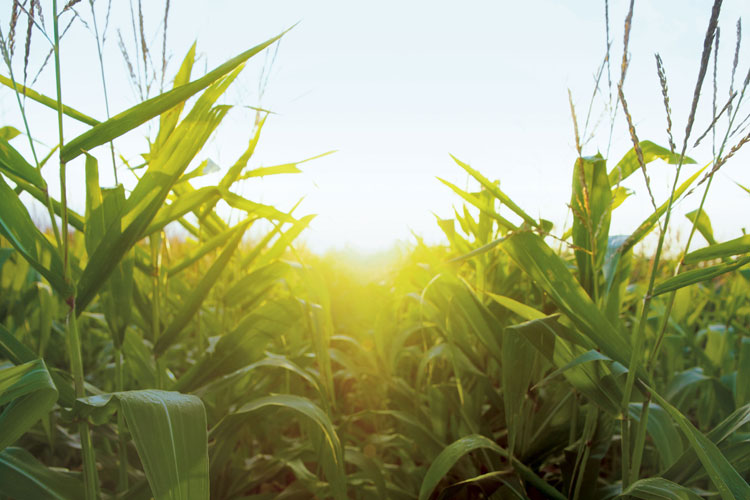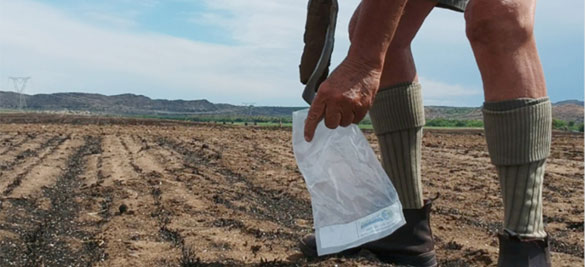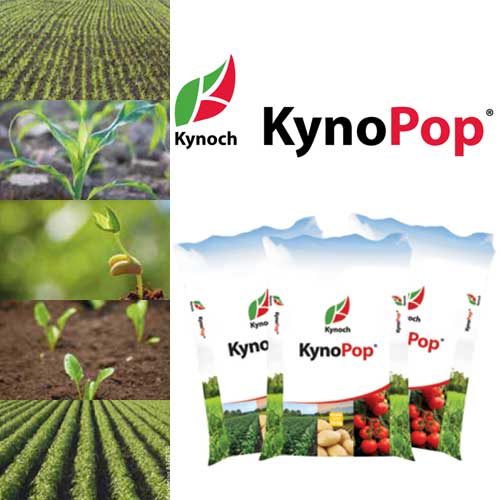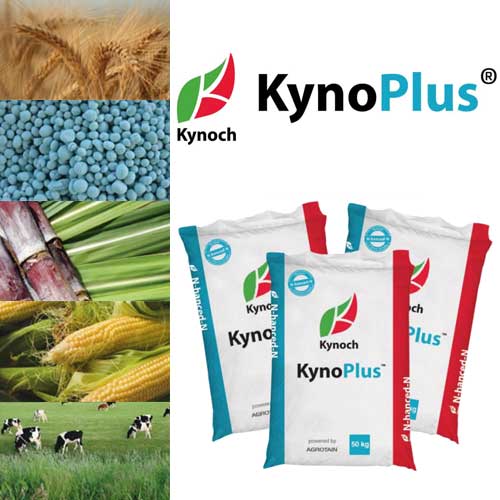
The requirement for an Effective Tomato Fertilizer
26/10/2021
The Nature and Significance of Organic Fertilizer
26/10/2021Some Guidelines for the Selection and Use of Soil Fertilizer
Most people seem to understand the need for fertile ground to grow vegetables, flowers or an immaculately manicured lawn. However, far fewer individuals are familiar with the steps required to create a healthy growing environment. For the benefit of the latter group, here are some guidelines on how to select and utilize a suitable soil fertilizer when planning a garden.
Not surprisingly, the selection process will be influenced by the type of plants a gardener wishes to grow. While all vegetation shares a need for nitrogen, phosphorus and potassium, many species have additional nutritional requirements necessary to ensure healthy growth. The first decision one needs to make is whether to rely on natural organic materials or purchase a commercial product. Given the growing drive for sustainability and greener agricultural practices, many gardeners and smallholding owners now choose to use materials such as grass clippings, decaying leaves, fish meal and coffee grounds as a soil fertilizer.
 Unfortunately, although the overall nutrient value of these materials is undeniable, the precise identities and concentrations of the nutrients present can vary widely. If one wishes to be sure that the chosen treatment will meet the needs of the intended crop, a more precise idea of the formulation is necessary. Only when up to twenty essential nutrients are present in sufficient quantity can one ensure a mix that will guarantee the best results for a given plant species. Consequently, its precisely known composition is a significant advantage when applying a commercial soil fertilizer. Incidentally, there’s no harm in adding a bit of natural material also as this can help retain moisture and reduce water costs, especially when planting in unshaded areas.
Unfortunately, although the overall nutrient value of these materials is undeniable, the precise identities and concentrations of the nutrients present can vary widely. If one wishes to be sure that the chosen treatment will meet the needs of the intended crop, a more precise idea of the formulation is necessary. Only when up to twenty essential nutrients are present in sufficient quantity can one ensure a mix that will guarantee the best results for a given plant species. Consequently, its precisely known composition is a significant advantage when applying a commercial soil fertilizer. Incidentally, there’s no harm in adding a bit of natural material also as this can help retain moisture and reduce water costs, especially when planting in unshaded areas.
Before proceeding, it’s wise to arrange for a soil analysis. The results will identify nutrient shortfalls and reveal the pH of the earth, which may then require adjustment. When applying a granular product, it will need to be evenly spread by raking it into the upper layer to a depth of around 10 centimetres. Doing so will ensure the developing root system will have adequate access to the chosen soil fertilizer.
Later, as the stem and leaves start to develop, it will often be advisable to apply additional products formulated to encourage processes such as foliar growth, fruiting and seed production. A liquid product is often more convenient and can be sprayed directly onto the foliage for such purposes.
South Africa’s gardeners and farmers have relied on Kynoch when buying granular and liquid soil and foliar fertilizer for over a hundred years to ensure informed, in-depth guidance and proven quality products and service.
Sources:






.png?v=1594369838025?v=1594369838026)